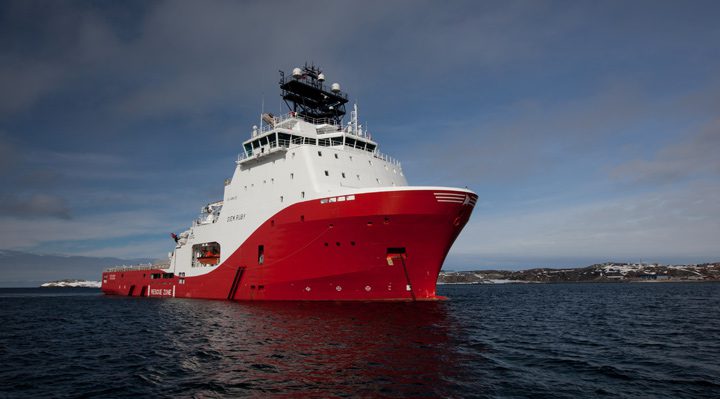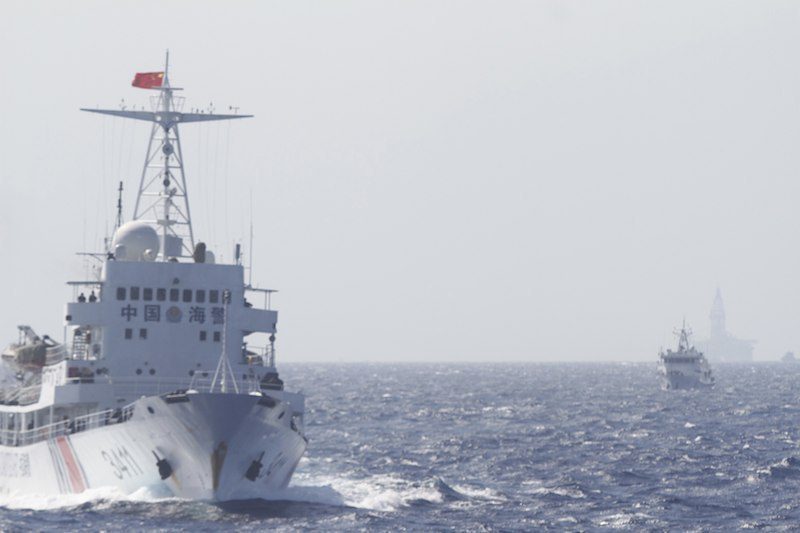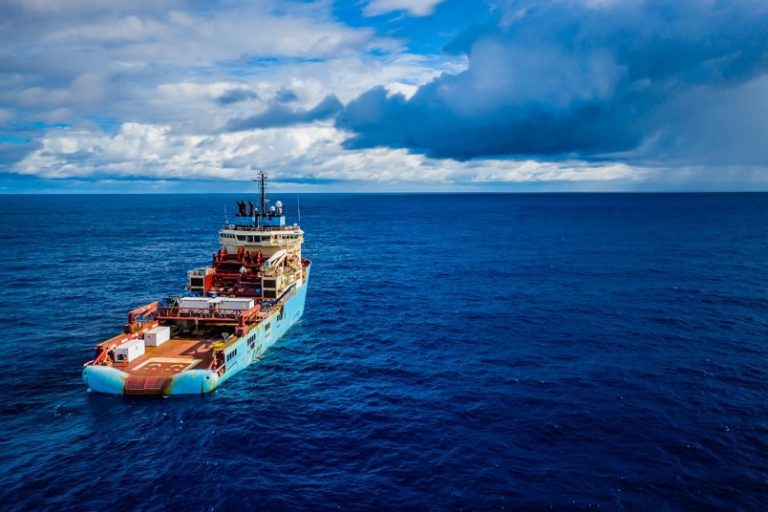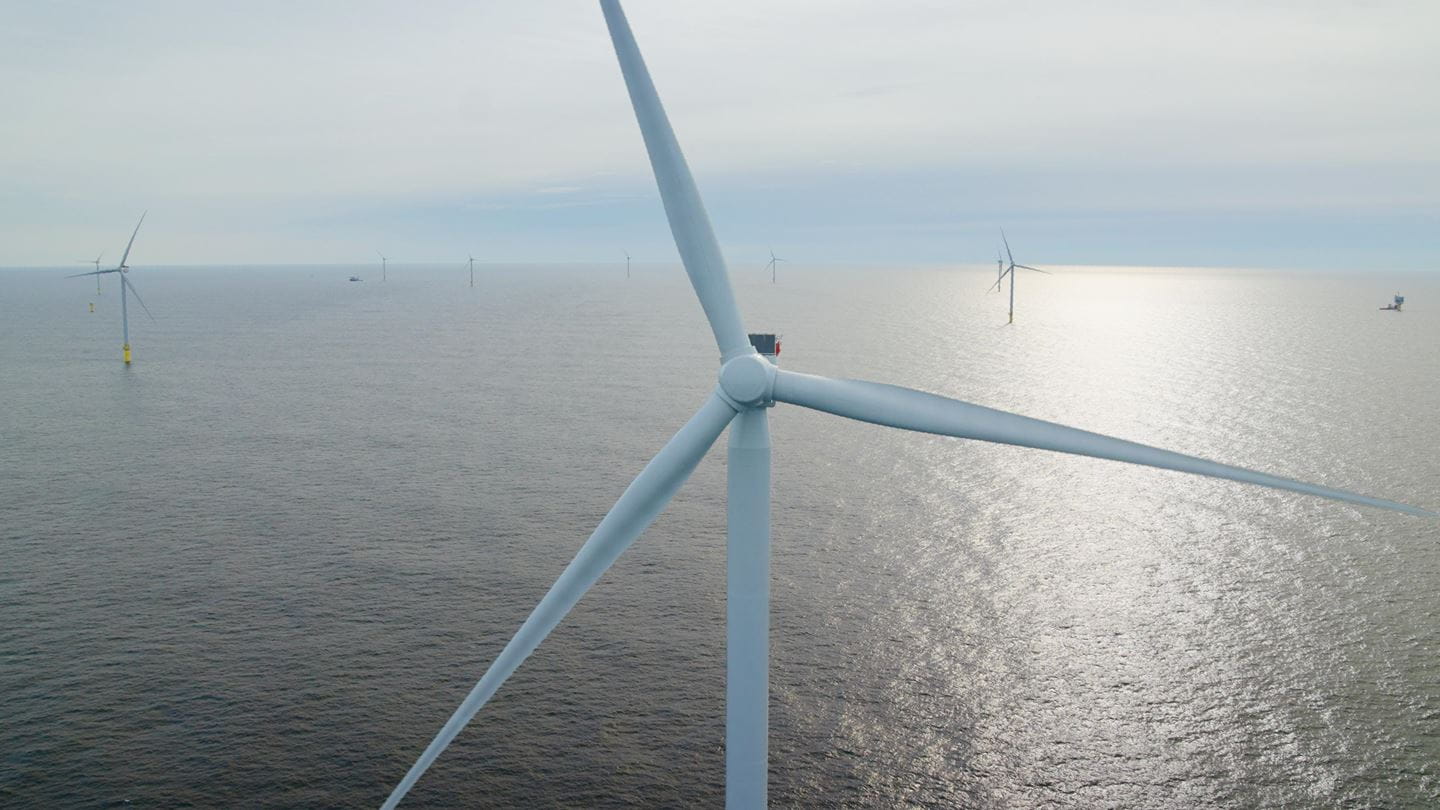Siem Ruby offshore Greenland, image (c) Cairn Energy
Feb. 24 (Bloomberg) — Lundin Petroleum AB, the Swedish explorer focused on Norway, said there won’t be any new oil output in the ice-filled waters of the Arctic for at least 15 years because of technical and logistical challenges.
“I don’t think we’ll see any oil production in the Arctic any time soon — probably not this decade and not the next,” Chairman Ian Lundin said in a Feb. 20 interview in Stockholm. “The commercial challenges are too big.”
The Arctic holds 30 percent of the world’s undiscovered natural gas reserves and 13 percent of its undiscovered oil, according to U.S. Geological Survey estimates. Still, exploration of the Arctic ocean floor, where 84 percent of these resources are thought to be trapped, has suffered setbacks in recent years.
Royal Dutch Shell Plc., Europe’s biggest oil company, in January again halted drilling plans off Alaska after a court ruled the area had been illegally opened to exploration. That followed a previous postponement after a series of technical mishaps in 2012, including the stranding of a rig.
Off the coast of Greenland, drilling has yet to resume after Cairn Energy Plc spent $1 billion on exploration without making commercial finds in iceberg-ridden waters, while Russia’s Shtokman gas project, 600 kilometers (370 miles) from shore in the Barents Sea, has been stalled for years.
Lower Priority
As companies including Shell and Norway’s state-controlled Statoil ASA cut planned investments amid rising costs across the industry, expensive Arctic projects could get a lower priority.
“It may take a while to develop the right technology,” Lundin’s chairman said. “Investments are very, very high so it still has to be commercially justified.”
Another factor undermining the appeal of expensive exploration projects is the outlook for crude prices. Brent oil for delivery in 2016 is trading at about $97.45 a barrel, down 11 percent from the current spot price of $110.07 for the global benchmark, according to data compiled by Bloomberg from the Ice Futures Europe Exchange.
An exception to Arctic challenges is the southern part of Norway’s Barents Sea, Lundin said. While inside the Arctic circle, it benefits from a less-harsh climate and shallower and ice-free waters, and may hold 8 billion barrels of oil equivalent in undiscovered resources, more than 40 percent of the country’s total.
Dwindling Reserves
To compensate for dwindling reserves in aging North Sea fields, Norway is pushing into the Barents, which holds 54 of the 61 blocks the government has proposed issuing in its next licensing round. More than half will be in a newly opened area previously disputed with Russia.
“In the Barents Sea we’ll probably see production much sooner because there’s no technological gap,” he said. “It’s now just a matter of having the reserve base that you’re required to have to justify the investment.”
Lundin fell as much as 0.8 percent and traded 0.2 percent lower at 127.3 kronor as of 10:40 a.m. in Stockholm. That curbs the stock’s gain to 1.5 percent so far this year and gives Lundin a market value of 40.5 billion kronor ($6.2 billion.)
Some oil production has already started in Arctic waters. BP Plc’s Prudhoe Bay field in Alaska has been producing since the 1970s, while OAO Gazprom in December became the first Russian company to extract oil from the Arctic seabed at the Prirazlomnoye field in the Pechora Sea.
Contrasting Outlooks
Eni SpA will become the first company to produce oil in Norway’s Barents Sea when its Goliat field starts in the third quarter this year, even though the Norwegian Petroleum Directorate has said it expects delays. Statoil’s Snohvit gas field, which began output in 2007, is the only producing field in the Norwegian Barents Sea to date.
Lundin discovered as much as 145 million barrels of oil at the Gohta prospect in the Barents Sea last year. That has helped revive optimism among explorers after Statoil postponed an investment decision on its nearby Johan Castberg project because of higher costs, taxes and uncertainty about resource estimates of as much as 600 million barrels of oil.
Gohta was Norway’s first oil discovery in Permian layers with sufficient flow, and opened up a new exploration model for the area with as many as 10 new drilling targets, the Swedish explorer has said. Lundin is planning an appraisal well at Gohta in the second quarter and will drill the nearby Alta prospect in the third.
Lundin’s optimism contrasts with Statoil, which has found oil at just one of four exploration wells designed to boost crude resources for its Castberg project and make it more profitable. Still, current resources are sufficient to be developed and Gohta could even be coupled with Castberg, Lundin has said.
“There are other discoveries in the same area” as Gohta, the chairman said. “After we go through the appraisal phase we’ll hopefully be in a position where we can just press the button for development.”
– Mikael Holter and Niklas Magnusson, Copyright 2014 Bloomberg.

 Join The Club
Join The Club











